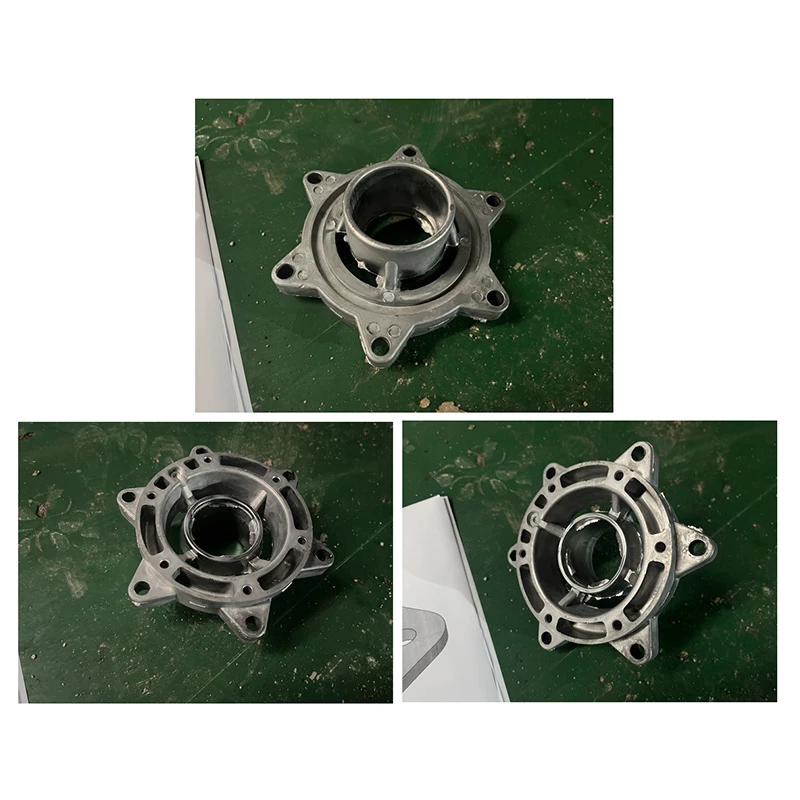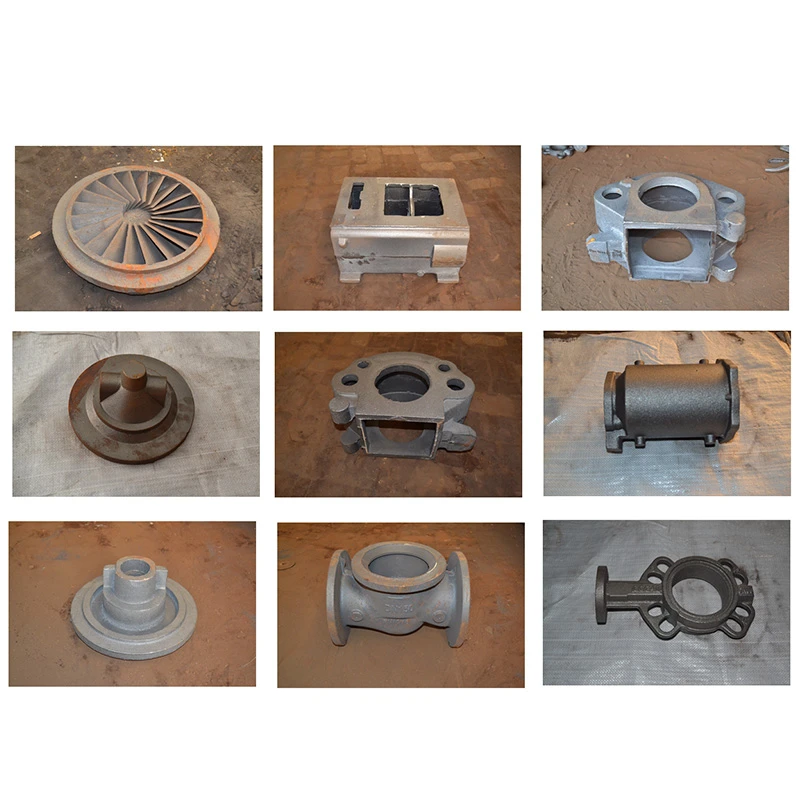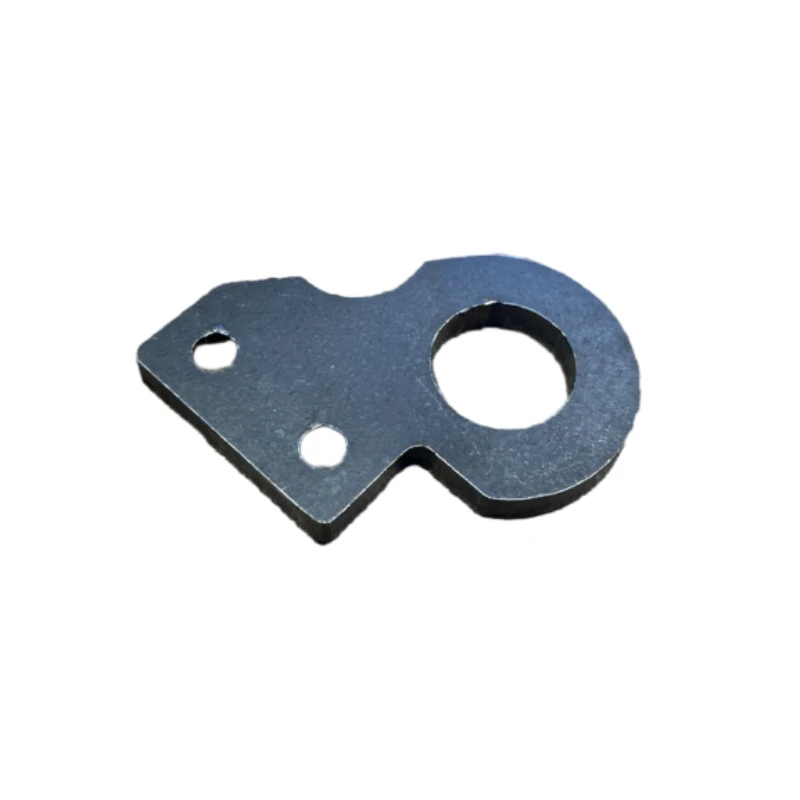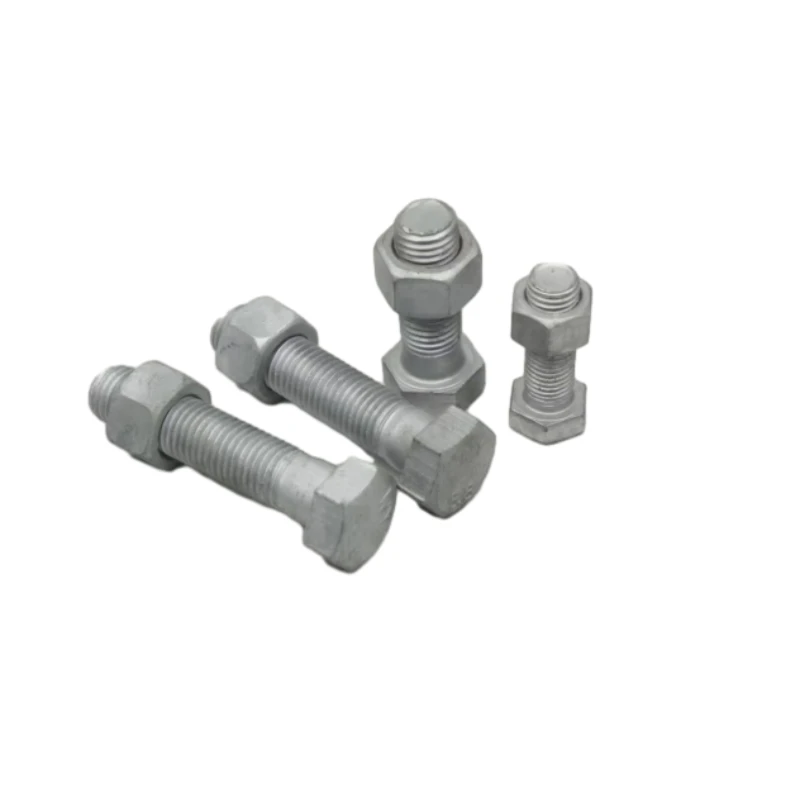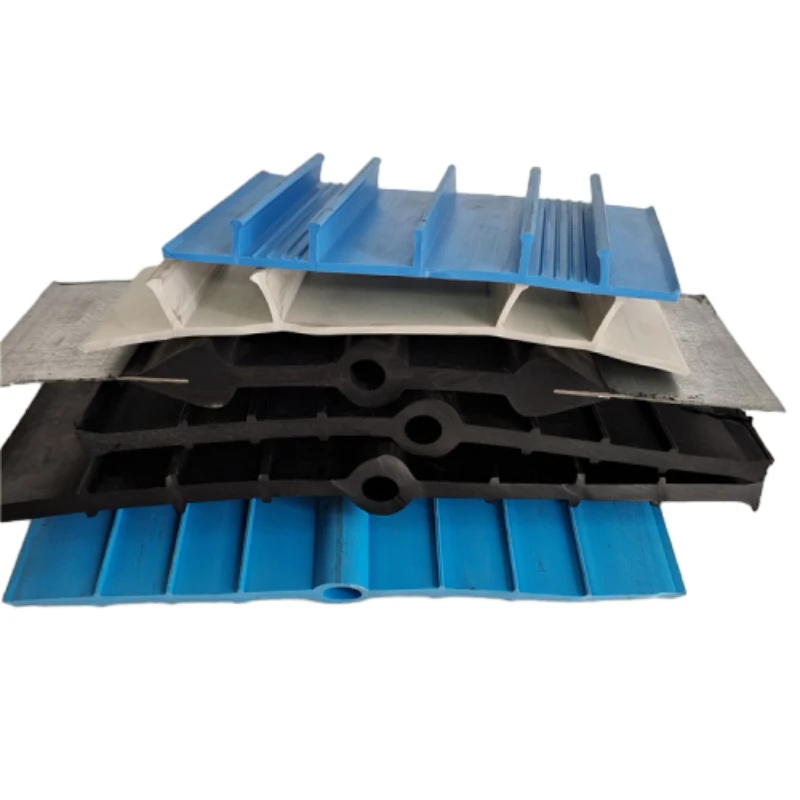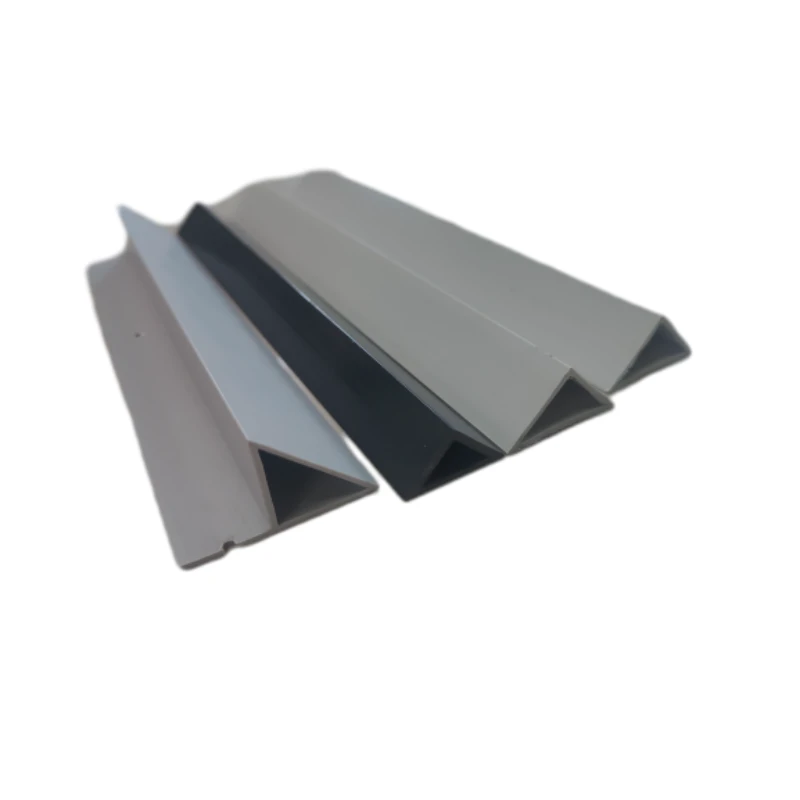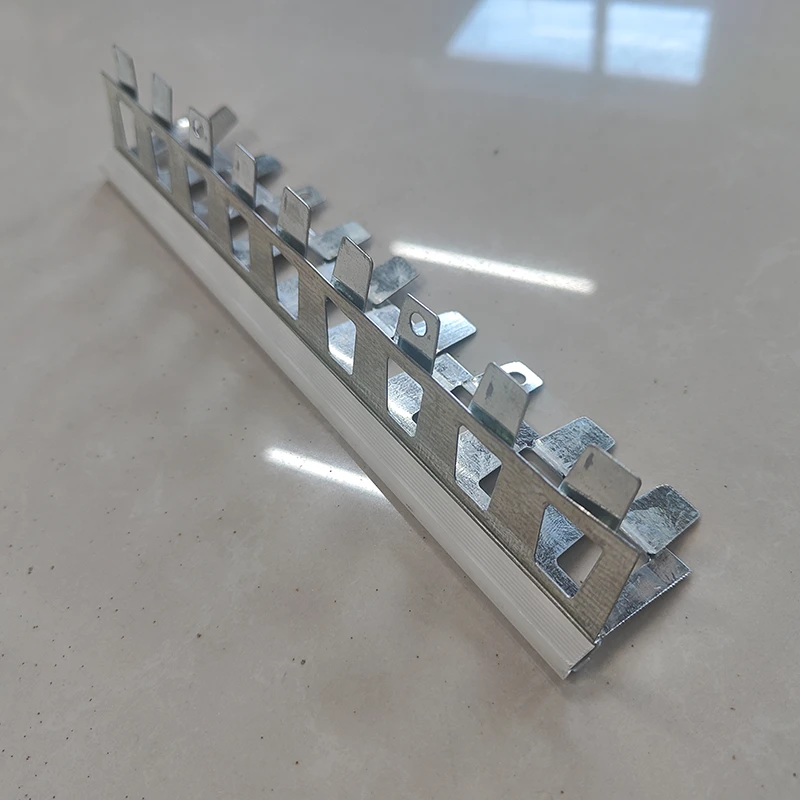- Phone: +86 132 8320 1810
- Email: annie@wrkgroup.ltd
-
- Afrikaans
- Albanian
- Amharic
- Arabic
- Armenian
- Azerbaijani
- Basque
- Belarusian
- Bengali
- Bosnian
- Bulgarian
- Catalan
- Cebuano
- China
- China (Taiwan)
- Corsican
- Croatian
- Czech
- Danish
- Dutch
- English
- Esperanto
- Estonian
- Finnish
- French
- Frisian
- Galician
- Georgian
- German
- Greek
- Gujarati
- Haitian Creole
- hausa
- hawaiian
- Hebrew
- Hindi
- Miao
- Indonesian
- Italian
- Japanese
- Javanese
- Malay
- Persian
- Portuguese
- Punjabi
- Russian
- Spanish
- Swahili
- Telugu
- Vietnamese
Jul . 05, 2025 04:19 Back To List
High-Strength Scaffold Tube Sleeves & Brackets for Secure Scaffolding Affordable Price of Scaffold Tube
- Comprehensive introduction to scaffold tube sleeves
and related components - The essential technical advantages of modern scaffold tube sleeves
- Vendor comparisons: Features, quality, and pricing analysis
- Customized solutions for diverse construction environments
- Application case studies: Real-world use and performance
- Choosing optimal accessories: Scaffold tube brackets and more
- Summary of scaffold tube sleeves: Market trends and future prospects
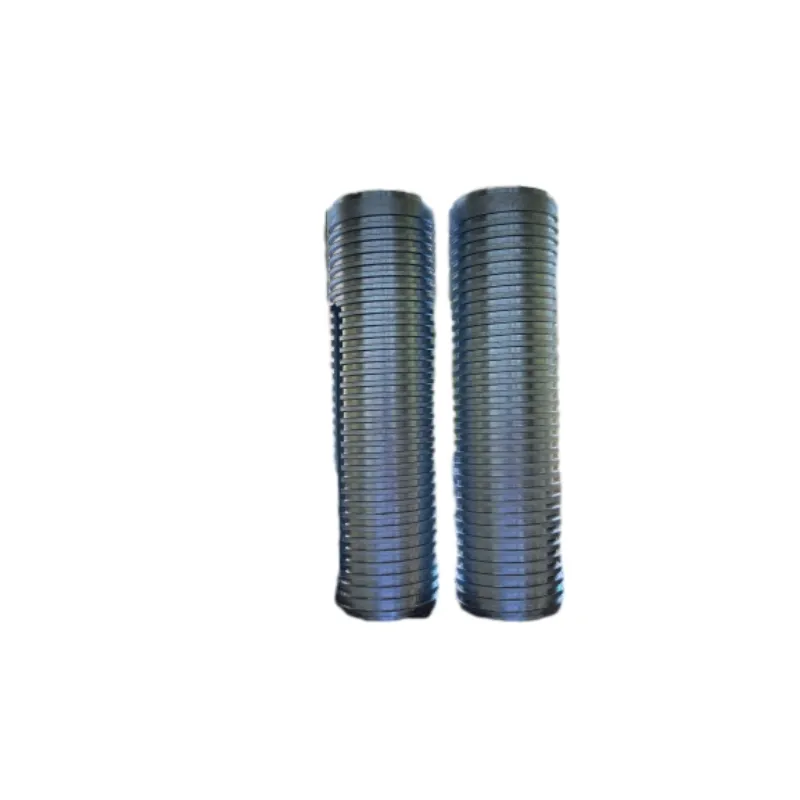
(scaffold tube sleeves)
Understanding Scaffold Tube Sleeves: Functionality and Importance
Scaffold tube sleeves represent a critical component in the construction and maintenance of robust scaffolding frameworks. These sleeves are cylindrical connectors designed to join two scaffold tubes end-to-end, ensuring structural integrity and precise alignment. By providing an uninterrupted length of tubing, scaffold tube sleeves minimize weak points and significantly boost the system's load capacity. Commonly manufactured from high-grade steel, these sleeves vary in dimensions to match the standard scaffold tube diameters, delivering reliable compatibility across a range of scaffold configurations. A secure connection is vital, especially at heights; therefore, the engineering specifications and exhaustive quality control standards for scaffold tube sleeves are non-negotiable in professional practice. Their introduction has dramatically reduced both installation times and long-term maintenance costs by providing a solution that is easy to handle and quick to secure on site.
The close relationship between scaffold tube sleeves and allied products, such as scaffold tube brackets, unveils a comprehensive array of accessories supporting the infrastructure of any safe working-at-height environment. Taken together, these elements provide not only physical stability but also enable the modularity and flexibility modern construction projects demand. Ultimately, for contractors and safety engineers considering investment, a full appreciation of the role played by scaffold tube sleeves is vital to any procurement decision.
Technical Advantages of Modern Scaffold Tube Sleeves
Recent developments in the manufacturing of scaffold tube sleeves have introduced significant technical advancements that benefit project managers, installers, and end users alike. The use of hot-dip galvanized steel as the primary material guarantees high resistance to corrosion, surpassing traditional untreated sleeves by up to 300% in humid and industrial conditions. Finite element analysis (FEA) guides the engineering of better load distribution, reflected in the increased axial strength of new-generation sleeves—up to 25% greater than previous models, as confirmed by recent lab tests in the EU and US.
These improvements translate to real-world performance gains. For instance, certified scaffold tube sleeves can typically withstand axial loads of up to 1,500 kg each, while maintaining critical alignment tolerances under repetitive use cycles. Additionally, innovations in locking mechanisms, including captive set screws and pin-and-clip fastenings, further enhance safety by minimizing accidental dislodgment during assembly or dismantling. Another notable advancement lies in the use of custom-fit internal liners or friction rings, which help absorb shock and vibrations, reducing overall scaffold wear and noise generation on busy sites. By delivering on these performance metrics, today's scaffold tube sleeves help minimize accident risk, optimize project timelines, and reduce on-going maintenance interventions.
Vendor Comparison: Features, Quality, and Pricing Analysis
Selecting the right supplier is pivotal for companies seeking the highest quality cable tube sleeves and accessories. The global market now features a wide array of manufacturers, each promoting a unique blend of cost, compliance, configuration, and after-sale support. The following table offers a comparative snapshot among leading scaffold tube sleeve vendors for 2023, detailing core attributes and associated costs:
| Vendor | Material | Certifications | Load Capacity (kg) | Finish | Minimum Order (units) | Price per Sleeve (USD) | Lead Time (days) |
|---|---|---|---|---|---|---|---|
| BuildSafe Industries | HDG Steel | EN 74, OSHA | 1,500 | Hot-dip galvanized | 100 | 4.20 | 12 |
| SecureScaff Solutions | Galvanized Steel | EN 74 | 1,250 | Cold-galvanized | 200 | 3.98 | 15 |
| ProBuilder Hardware | Stainless Steel | OSHA, ISO 9001 | 1,600 | Brushed | 50 | 5.35 | 10 |
| EcoTube Systems | Recycled Steel | EN 74 | 1,100 | Zinc-plated | 150 | 3.50 | 18 |
This comparison highlights a notable variance in both durability and price of scaffold tube sleeves, dictated largely by the choice of materials and certification standards. Higher initial investments often correspond with extended service life and fewer on-site failures, underscoring the importance of holistic procurement decisions beyond unit pricing.
Customized Solutions for Unique Construction Requirements
In contemporary scaffolding, the need for application-specific solutions continues to grow, driven by a wider variety of project landscapes and regulatory environments. Leading manufacturers now offer full customization of scaffold tube sleeves to meet specialized requirements. Customization options often include altered diameters (for metric or imperial project standards), varying sleeve lengths (to accommodate site-specific spans or junction conditions), and unique finishes for enhanced corrosion resistance in marine or chemical-industry settings.
Beyond the sleeve itself, accessories such as scaffold tube brackets can be tailored alongside sleeves to create modular systems optimized for rapid deployment, disassembly, and adaptation to curved, angular, or asymmetrical building envelopes. Consultations with technical sales teams on custom engineering requests can deliver sleeves in unique colors for rapid identification, etched batch codes for traceability, and built-in RFID tags for smart asset tracking. This high level of customization assists contractors in addressing complex scaffolding challenges, managing inventory more efficiently, and improving safety outcomes. The result is an operational flexibility unattainable with off-the-shelf, one-size-fits-all components.
Application Case Studies: Real-World Use and Performance Evidence
The efficacy of scaffold tube sleeves is best illustrated through detailed case studies drawn from diverse geographical and operational contexts. For example, a major infrastructure expansion in Singapore (2022) deployed over 30,000 units of high-tensile galvanized sleeves across a bridge renovation spanning three kilometers. The selected sleeves performed with zero recorded mechanical failures throughout the eight-month installation phase—this success attributed to their compatibility with automated torque tools and resilience in extreme humidity.
In another case, a large-scale civil engineering project in Manchester, UK, utilized internally lined scaffold tube sleeves from an ISO 9001-certified vendor. Data from post-project analysis showed a 17% reduction in on-site assembly time and a 22% decrease in unplanned downtime due to connector-related issues, totaling cost savings exceeding £95,000 over a twelve-month duration. Lastly, in the Middle East, scaffold tube sleeves with advanced anti-corrosion treatments have enabled five-year uninterrupted service lifespans in oil and gas facility maintenance, underlining exceptional long-term performance.
These examples underscore not just the durability and reliability of contemporary scaffold tube sleeves, but also the crucial role of technical compliance and innovation in achieving operational excellence at scale.
Choosing Optimal Accessories: The Role of Scaffold Tube Brackets and Beyond
While sleeves serve a core joining function, the selection of complementary accessories is crucial to maximizing the safety and versatility of scaffolding systems. Scaffold tube brackets, for instance, anchor crossbeams securely and support both temporary decking and permanent walkways. They come in numerous styles, including fixed, adjustable, and swivel types, each suited to distinct use cases and vertical/horizontal loads.
Accessories that are engineered to integrate seamlessly with sleeves and tubes—for example, locking collars, toe board clips, and abrasive-resistant end caps—ensure that the assembled structure remains compliant, even as on-site conditions change. Procurement professionals must assess bracket compatibility, the presence of anti-tamper features, and ease of regular inspection. Modern supply chains often bundle scaffold tube sleeves with matched brackets, reducing logistical complexity. Overall, a system-level approach is vital for seamless installation, risk mitigation, and future expansion requirements.
Market Trends and the Future of Scaffold Tube Sleeves
As construction standards evolve, scaffold tube sleeves continue to adapt, reflecting broader trends in the scaffolding accessories sector. Rising demand for lightweight, high-strength materials is likely to push further research into composites and advanced alloys, increasing both strength-to-weight ratios and corrosion resistance. The global movement toward digitization, including embedded asset-tracking and automated inspection reporting, is set to redefine expectations for traceability and lifecycle management in scaffold tube connections. At the same time, increasing regulatory scrutiny for workplace safety directs manufacturers to pursue ever-higher certifications and independent testing.
Whether evaluating the price of scaffold tube sleeves or implementing upgraded scaffold tube brackets to maximize operational safety, contractors and safety managers should anticipate continued emphasis on transparency, technical merit, and supply chain resilience. Scaffold tube sleeves, as a core element, are poised to retain their indispensable status across commercial and industrial sectors. Looking forward, comprehensive vendor support, product innovation, and customization will be the defining features of a well-chosen infrastructure investment, ensuring projects meet rigorous quality and economic benchmarks in a competitive marketplace.
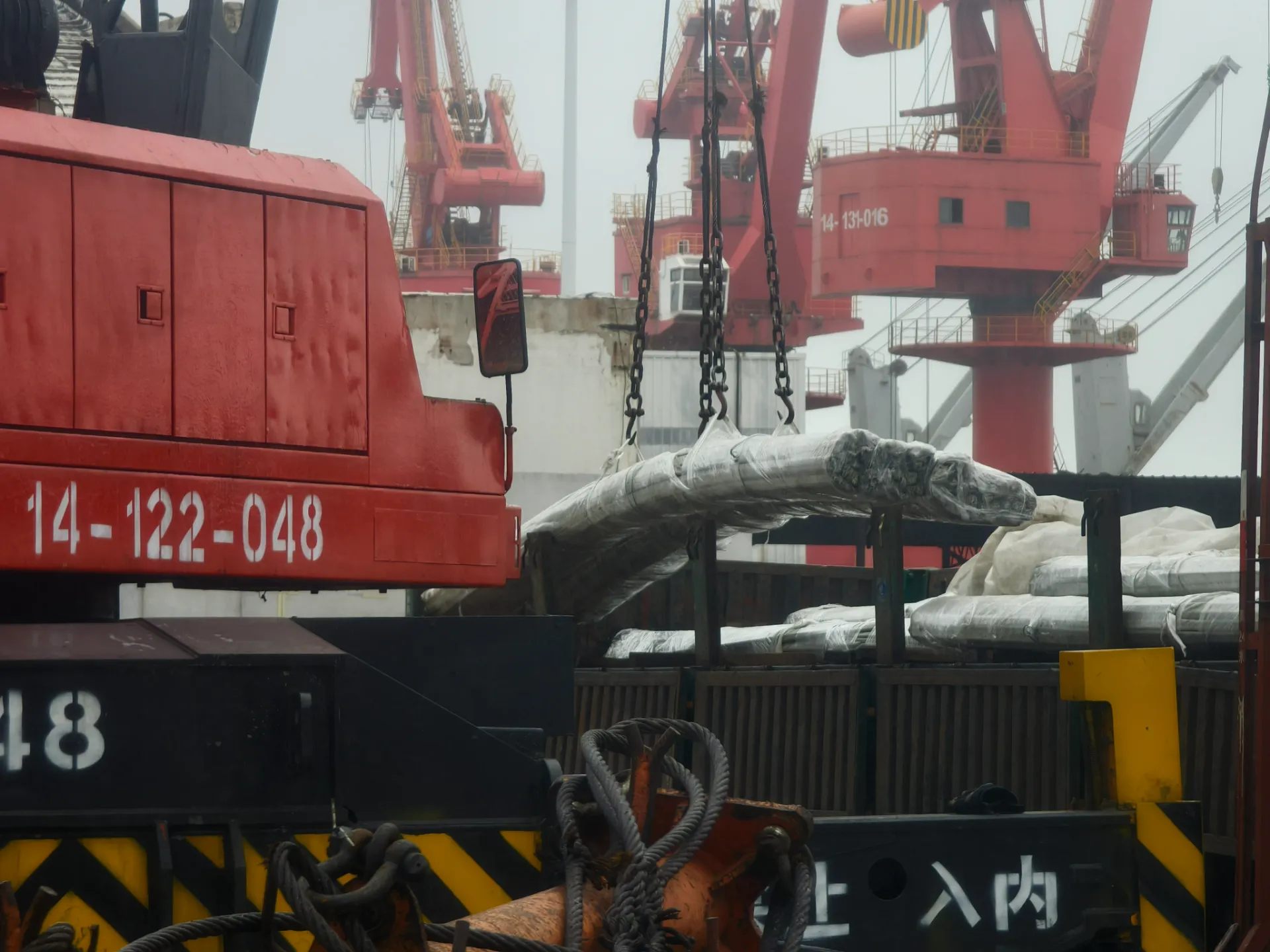
(scaffold tube sleeves)
FAQS on scaffold tube sleeves
Q: What are scaffold tube sleeves used for?
A: Scaffold tube sleeves are used to join two scaffold tubes end-to-end, ensuring structural stability. They provide a secure connection in scaffolding systems. This helps maintain the safety and integrity of the scaffold.Q: How do scaffold tube brackets work?
A: Scaffold tube brackets are designed to support and secure scaffold tubes in various positions. They help form customized scaffold structures. Brackets increase flexibility in scaffolding designs.Q: What materials are scaffold tube sleeves typically made from?
A: Scaffold tube sleeves are usually made from high-quality steel. This ensures durability and strength for load-bearing applications. The sleeves are often galvanized for corrosion resistance.Q: How much does a scaffold tube cost?
A: The price of scaffold tube can vary based on size, material, and supplier. On average, it ranges from $20 to $50 per tube. Bulk purchases may offer better pricing.Q: Are scaffold tube sleeves compatible with all scaffold tubes?
A: Scaffold tube sleeves are generally designed to fit standard-sized scaffold tubes. It's important to check the diameter and compatibility before purchasing. Using the correct size sleeve ensures a secure connection.Latest News
-
Tiny Nuts and Bolts for Precision Projects Complete Nuts, Bolts, and Washers SetsNewsJul.08,2025
-
High Quality SS Bolt Nut Washer - Durable Fastening Solutions for IndustriesNewsJul.08,2025
-
High Quality Slotted Hex Nut – Durable M12 Hex Nut & Slotted Bolt Compatible FastenerNewsJul.07,2025
-
Best Shuttering Shikanja Price & Construction Materials – High Quality, Durable & AffordableNewsJul.07,2025
-
5 8 Lock Washer – Heavy Duty, Rust Resistant, Ideal for Secure FasteningNewsJul.06,2025
-
Best 1 16 Toggle Bolt - Heavy Duty Anchors 3 Inch, 8 Inch Toggle Bolt & Wing Nut SolutionsNewsJul.06,2025

